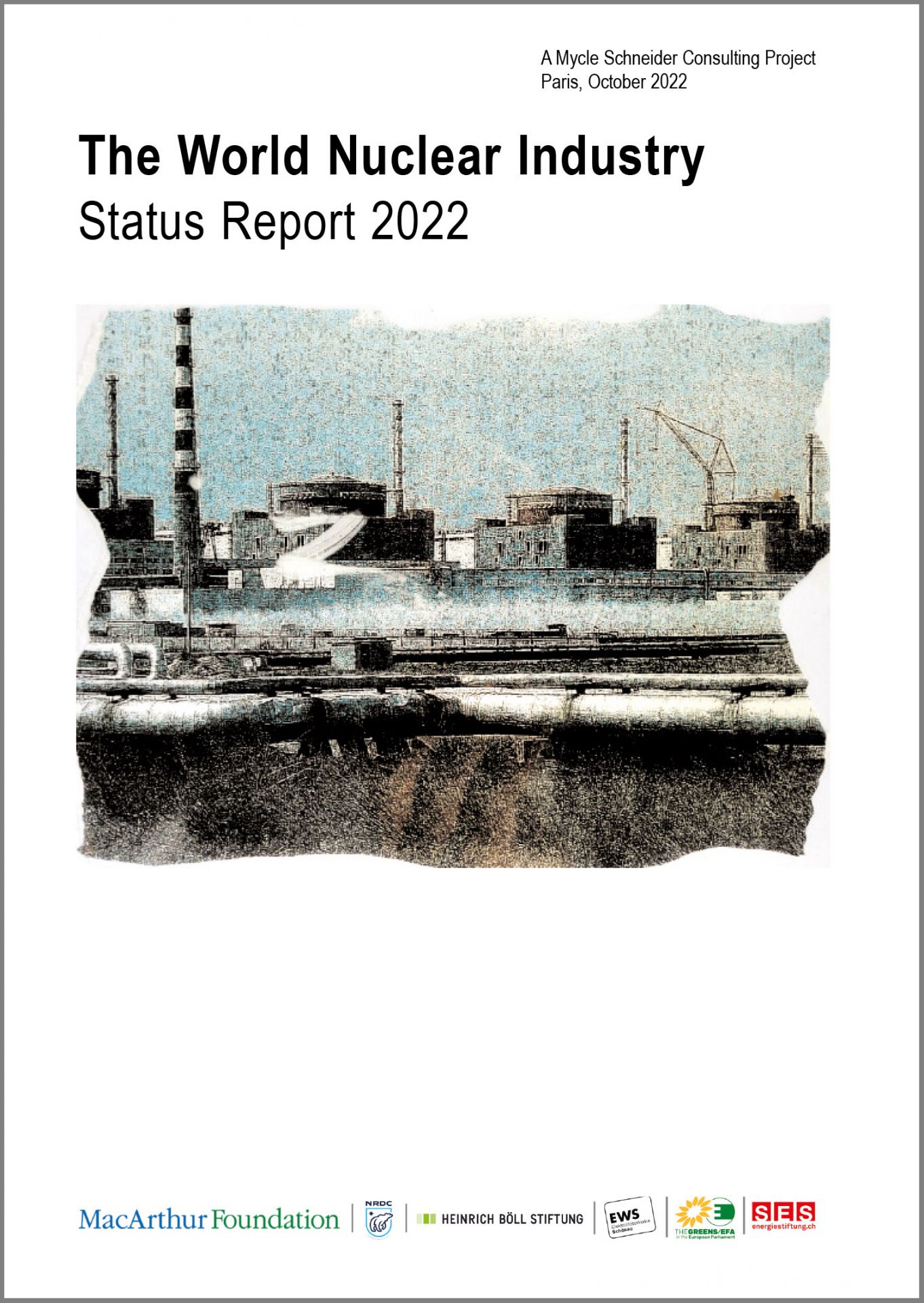Scheduled to appear at the Energy Security panel session at COP27: from left, moderator Sweta Chakraborty and speakers Kathryn Huff, Seth Grae, and Bonnie Jenkins.
The United Nations’ COP27 conference, held this year in Sharm el-Sheikh, Egypt, from November 6 to 18, will feature the panel discussion “Energy Security” on Tuesday, November 15, at 9:00 a.m. EST (4:00 p.m. local time). The discussion is being sponsored by the review platform We Don’t Have Time; the live stream will be available to viewers on their COP27 Climate Hub website.
The USS Rickover (SSN 795). (Photo: USS Hyman G. Rickover Commissioning Committee)
NBC Chicago featured a story last week about a visit to the Windy City by the commander and crew of the USS Hyman G. Rickover (SSN-795), the navy’s newest nuclear submarine. The submarine was christened in July 2021 and is currently undergoing trials out of Naval Submarine Base New London in Groton, Conn., before its expected commissioning in 2023. Reporter Charlie Wojciechowski described the sailors’ meetings with students from Chicago’s Rickover Naval Academy, along with the sailors’ visits to the Museum of Science and Industry and other city landmarks. He also interviewed Commander Matthew H. Beach.
Sesuvium portulacastrum (Photo: David Eickhoff/Wikicommoms)
The authors of a study that was recently published in Advances in Agriculture have recommended that the plant Sesuvium portulacastrum, commonly known as sea purslane, “be cultivated in [cesium]-contaminated soils and near nuclear power plants for phytoremediation.” The researchers found that S. portulacastrum is a “hyper-accumulator” of radioactive cesium isotopes, which are byproducts of nuclear fission reactions in nuclear reactors. The study results suggested that these plants could efficiently remove the toxic metallic chemicals from contaminated soil around nuclear facilities.
Then energy secretary Bill Richardson decided to permanently shut down the HFBR in November 1999. (Photo: DOE)
“Why did a tiny leak bring down a hugely successful research reactor 25 years ago?”
That’s how Robert P. Crease, an academic who writes a regular column for Physics World, introduces The Leak: Politics, Activists, and Loss of Trust at Brookhaven National Laboratory, a book he wrote with former interim BNL director Peter D. Bond that was published this month by MIT Press.
“Were this story fiction, its characters, plot twists and ironies would be entertaining,” Crease writes in his October 5 Physics World post about the book. “But because it’s fact, it’s a tragicomedy.”
The Portsmouth Gaseous Diffusion Plant. (Photo: DOE)
The Department of Energy’s Office of Environmental Management has renewed a $2.5 million grant to Ohio University to support community redevelopment around the DOE’s Portsmouth Site. Since 2016, the DOE has provided a total of $8.2 million to the university for work with the communities.
The DOE grant, which began on October 1, will be administered over five years through September 30, 2027. A previous grant expired on September 30.
Canadian Nuclear Laboratories (Photo: AECL)
Atomic Energy of Canada Limited (AECL) has published a request for expressions of interest to manage and operate Canadian Nuclear Laboratories (CNL). The request is available on the MERX website.
According to AECL, the objective of the procurement and the resulting contract is to contain or reduce costs and risks for Canadian taxpayers while leveraging CNL’s capabilities and resources for Canadians.
Expressions of interest must be submitted via MERX on or before October 26, 2022.





.jpg)






 A picture of the state of the global nuclear energy industry has been painted in a
A picture of the state of the global nuclear energy industry has been painted in a 





